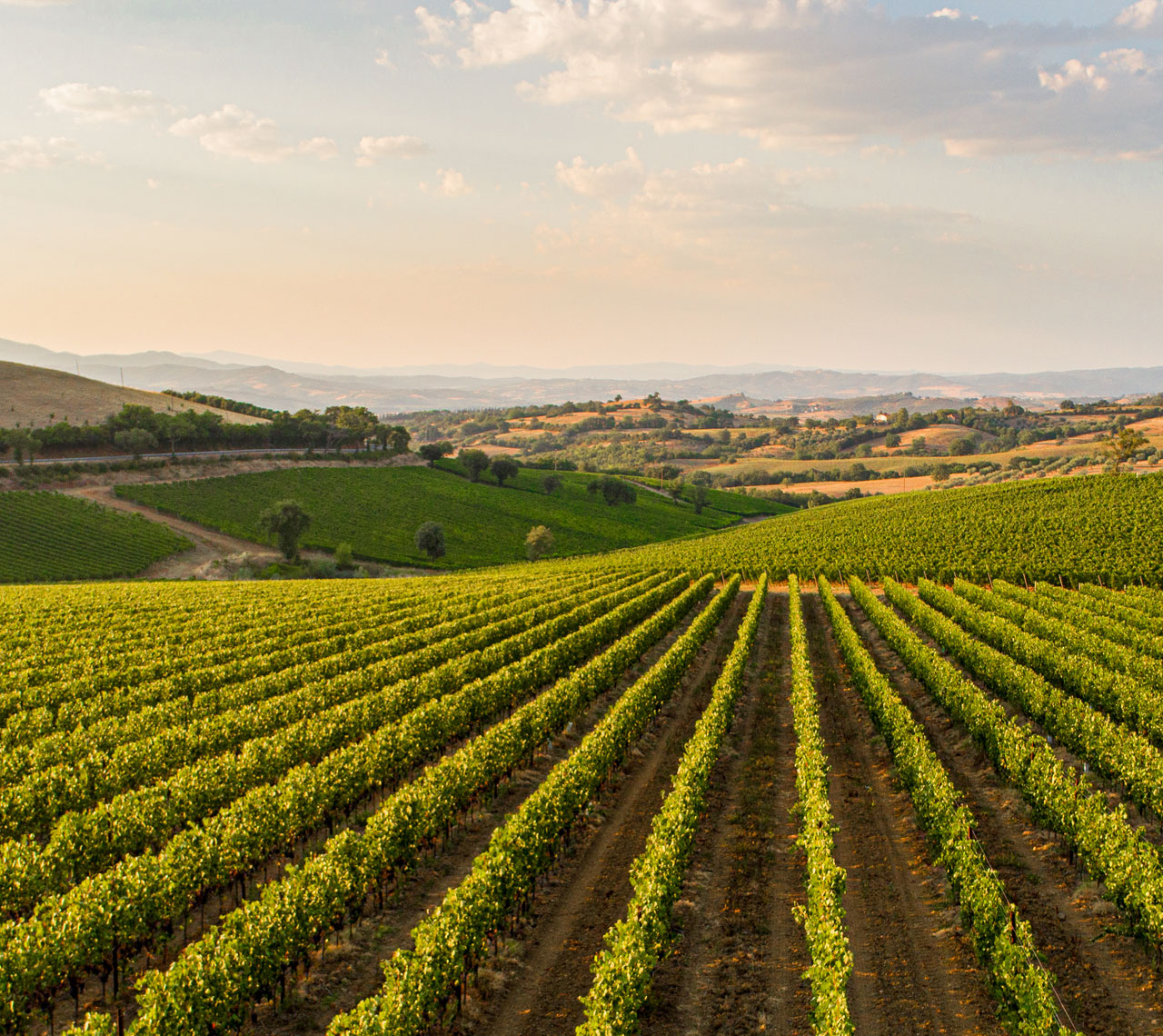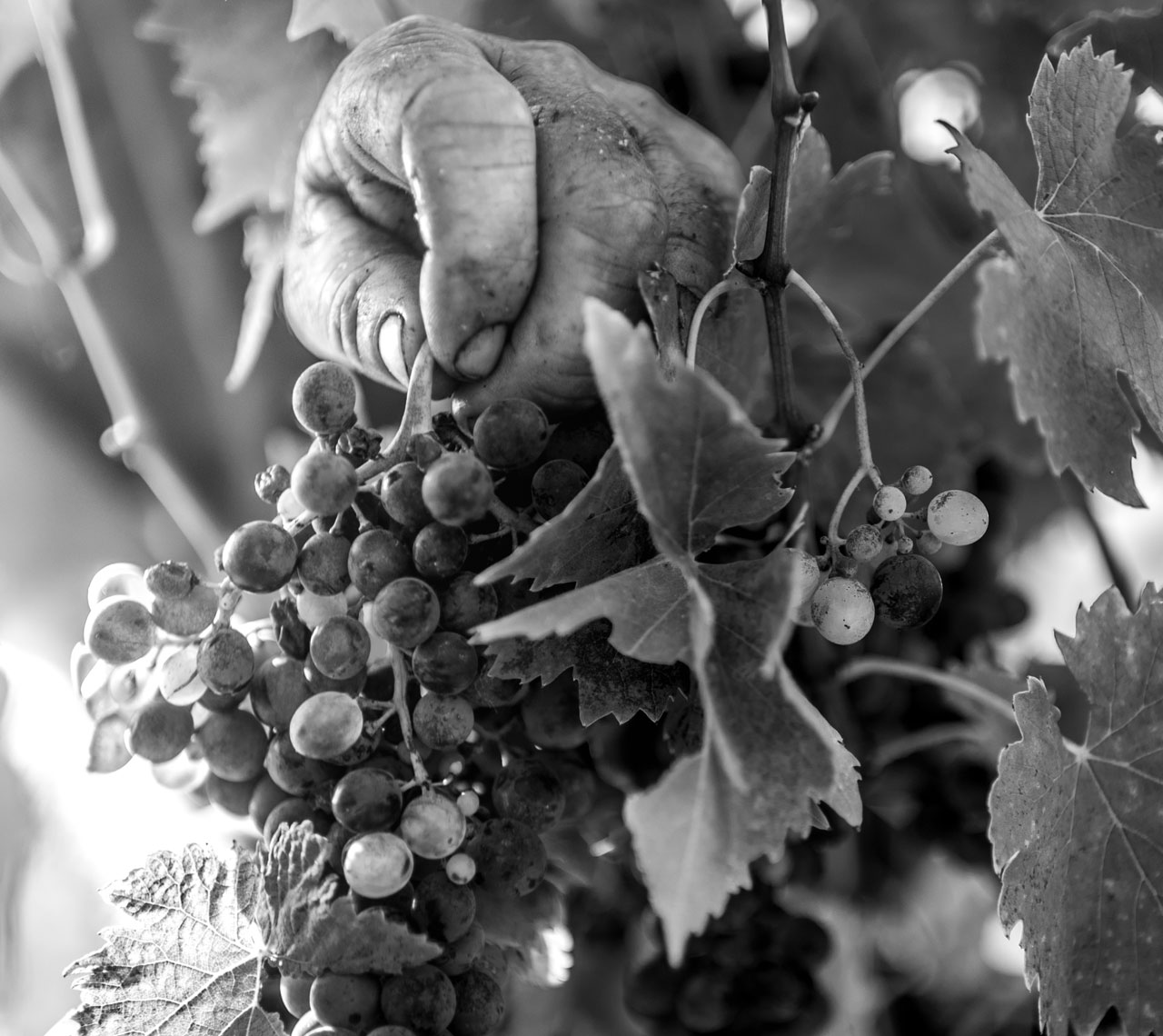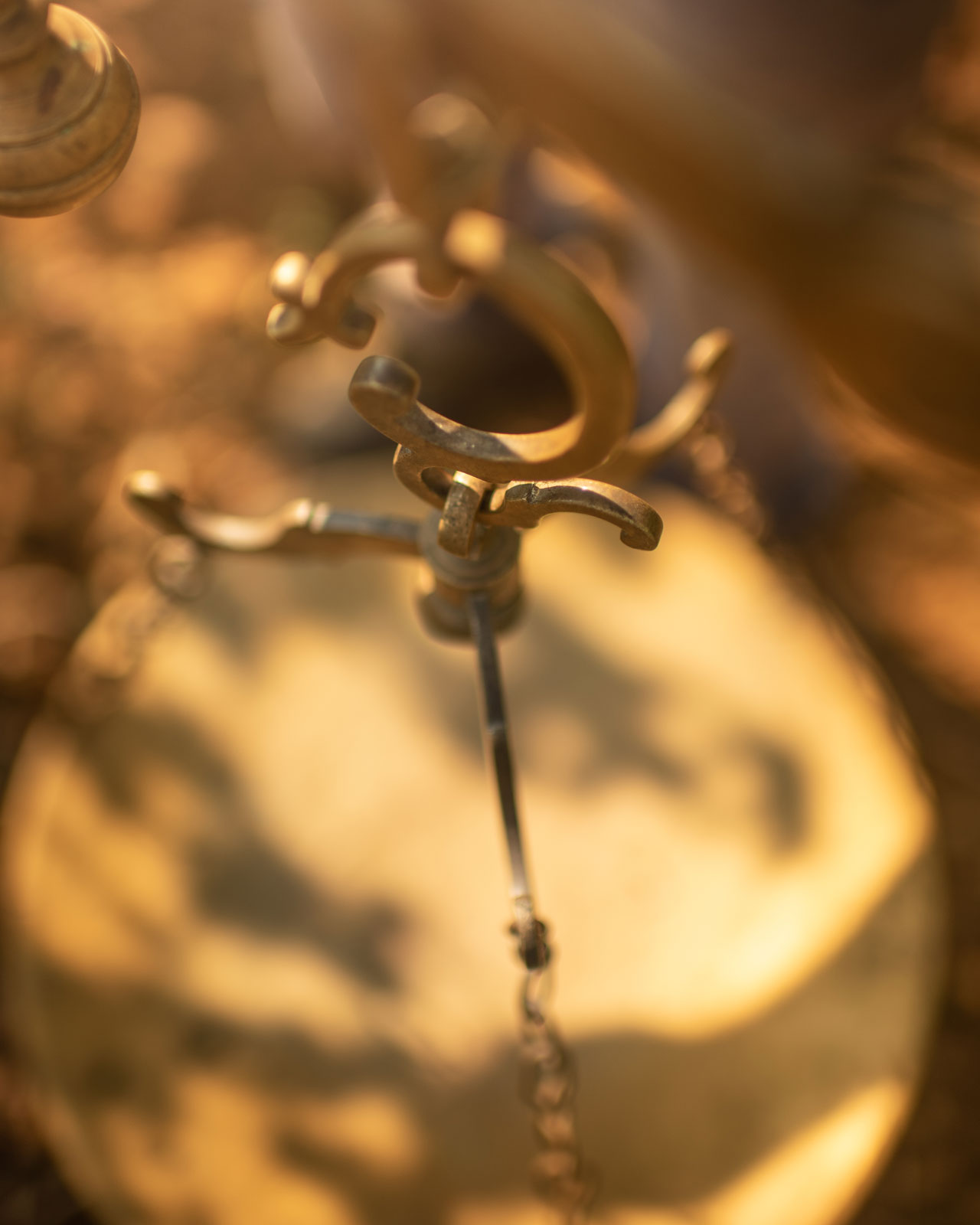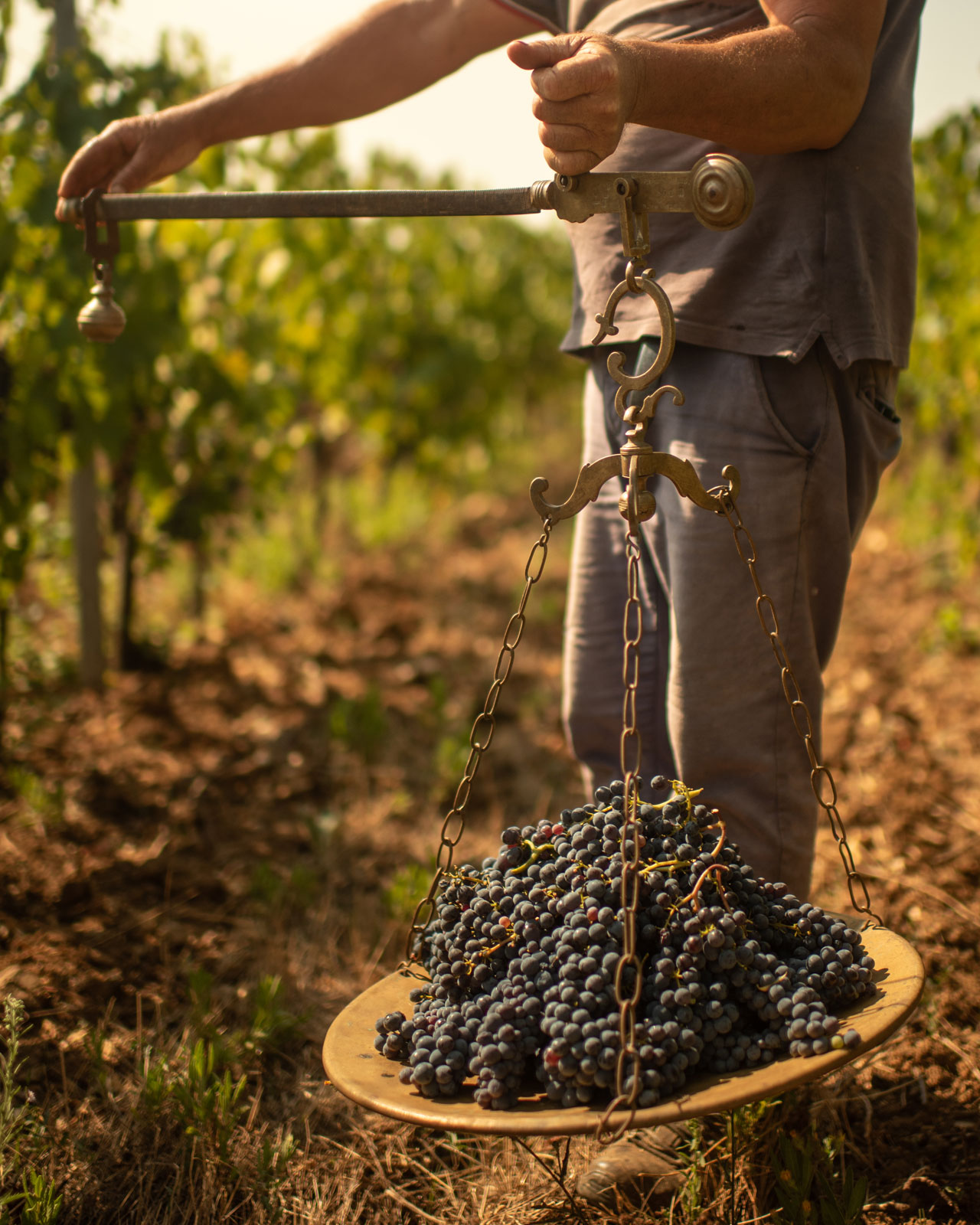
TANGLE OF LIVES
Texture. In agronomic texts this refers to the physical property of the soil determined by the percentage of the different calibres of its particles, but this word also suggests the intertwining of feelings and beliefs that guide our steps and the bonds that characterise every family history.

In the story we want to tell you, the earth is the warp for the weft of emotional ties.
It is the story of a man who dedicated himself to running a winery in the Pistoia area and producing wine in Chianti. It is the story of his daughter, who, from the Tizzana hill where her father’s vineyard was located, cast her gaze towards Colle di Carmignano and met the eyes of the man she would come to marry.
It is the story of their son who, during walks between the rows of vines with his father and brother, observed his grandparents and was enchanted by their gestures and by the scent of the wine and the wood of the barrels which ended up binding him forever to the earth. It did not, however, prevent him from dreaming of infinity.
In fact, Alberto studied and became an aerospace engineer but, in the broad horizons of his research, there is still a place for that world made up of archaic gestures, remaining unchanged over time, and the intoxicating scents, full of memories.

It is incredible how real memories can be, when we decide to make them the framework of our plans, and how solid they can become if the people we love choose to embrace them with us
Despite roots in a very different place and a life far from Alberto’s, his wife, Olympia, shares this life project with him and it has taken shape before the eyes of their daughter, Stella Alkyoni.
Le Stadère
The image of the “stadère” (balance scales) embodies the meaning of this endeavour.
The Etruscans, responsible for domesticating the local wild vines and introducing winemaking in this area,
as evidenced by the remains of vineyard systems
and the pressing tanks found at the nearby archaeological site of Ghiaccioforte,
were also responsible for the invention of these ancient but revolutionary scales,
the stadère.
The Parrini family has an ancient example of these scales, handed down from generation to generation since the time of Pietro, who lived in the 18th century. Who knows how many times it danced in the scented air of the September countryside, how many harvest rites it has officiated over, like an archaic priest?


The bronze sphere that ran along the metal arm, decreeing the weight of the grapes harvested, enshrines the sense of man’s ingenuity and stubbornness in obtaining the fruits of his work from nature, while the plate that swings awaiting the verdict is a symbol of the unpredictability of the results obtained by those who dedicate themselves completely to the land.
In fact, mastering techniques
and knowledge is not always enough
to achieve one's goals
The natural and partly random variables that govern wine production, from the vineyards to the cellar, cannot always be counterbalanced by skill and commitment. Once again, it is the ancient instrument that the Parrini family has chosen as aegis for this project, which suggests the way.
Until a few years ago, the balance scales (stadère) were carried to the vineyards during the harvest and the weighing took place on the same soil that had provided the vines with the necessary nourishment to give birth to that fruit. Being at one with nature, thus, having the ability to listen to it and be guided by it, is the key to success in winemaking.